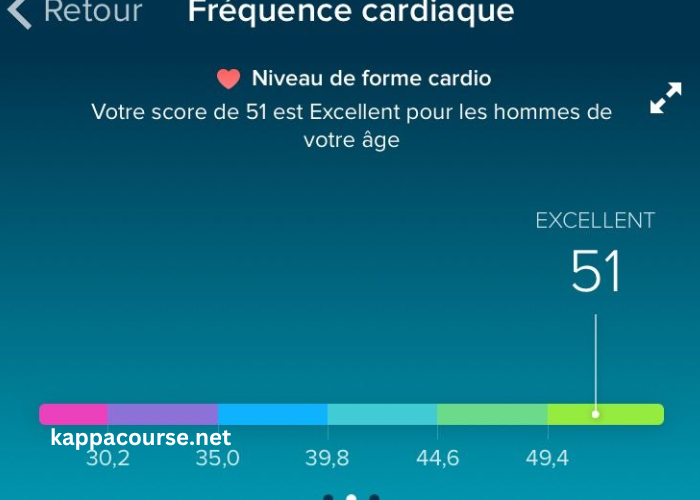In the realm of sports and fitness, understanding and measuring athletic performance is crucial for athletes, coaches, and enthusiasts alike. One metric that plays a significant role in this assessment is the “Indice de Forme,” or Form Index. This article aims to demystify the concept of Indice de Forme, exploring its definition, significance, and how it’s calculated. Whether you’re an athlete striving for peak performance or a coach seeking insights into your team’s readiness, mastering the Indice de Forme is essential for optimizing training and achieving success in sports.
What is Indice de Forme?
The Indice de Forme, often referred to simply as Form Index, is a metric used to evaluate an athlete’s current physical condition or form. It provides insights into the athlete’s readiness for competition and the effectiveness of their training regimen. The concept originated in the world of horse racing but has since been adapted and applied across various sports and fitness domains.
The calculation of the Form Index typically involves analyzing multiple factors, including recent performance, training intensity, recovery status, injury history, and overall health. By considering these variables, coaches and sports scientists can gauge an athlete’s level of readiness and make informed decisions regarding training, competition, and injury prevention strategies.
Significance of Indice de Forme
The significance of the Indice de Forme lies in its ability to provide a comprehensive assessment of an athlete’s physical condition. Unlike traditional performance metrics that focus solely on outcomes, such as race times or game scores, the Form Index delves deeper into the underlying factors that contribute to athletic success.
For athletes, maintaining an optimal Form Index is crucial for achieving peak performance while minimizing the risk of injury and burnout. By tracking changes in their Form Index over time, athletes can adjust their training intensity, recovery protocols, and nutrition strategies to ensure they’re operating at their best when it matters most.
Coaches and sports scientists also rely on the Form Index to monitor the progress of individual athletes and entire teams. By analyzing trends in Form Index data, they can identify patterns, spot potential red flags, and tailor training programs to address specific needs. Additionally, the Form Index serves as a valuable tool for talent identification and selection, helping coaches identify athletes with the potential for future success.
Calculating the Indice de Forme
While the exact methodology for calculating the Indice de Forme may vary depending on the sport and context, several common approaches are used across different disciplines. One common method involves assigning numerical values to various performance indicators, such as training volume, intensity, and recovery metrics.
These values are then aggregated and analyzed using mathematical formulas or algorithms to generate a single Form Index score. The score may be presented on a numerical scale or visualized graphically to provide a clear representation of the athlete’s current form.
In addition to quantitative data, qualitative factors such as subjective assessments of fatigue, muscle soreness, and overall well-being may also be incorporated into the calculation of the Form Index. This holistic approach ensures that the Index accurately reflects the athlete’s physical condition and readiness for competition.
Practical Applications and Case Studies
To illustrate the practical applications of the Indice de Forme, let’s explore a few case studies across different sports and contexts:
Track and Field: A sprint coach uses the Form Index to monitor the readiness of his athletes leading up to a major competition. By analyzing data on training volume, sprint times, and subjective feedback on fatigue levels, he identifies athletes who are peaking at the right time and adjusts their tapering strategies accordingly.
Soccer: A professional soccer team employs a sophisticated sports science program to track the Form Index of each player throughout the season. By integrating GPS tracking data, heart rate variability measurements, and subjective wellness surveys, the team’s coaching staff can optimize training loads, minimize injury risk, and maximize performance on match days.
CrossFit: A CrossFit athlete utilizes the Form Index to manage her training schedule and prevent overtraining. By tracking metrics such as workout intensity, recovery time, and sleep quality, she adjusts her training volume and intensity to maintain an optimal Form Index and avoid burnout during the competitive season.
Conclusion
In conclusion, the Indice de Forme is a powerful tool for assessing athletic performance and optimizing training strategies across a wide range of sports and fitness activities. By considering multiple factors related to training, recovery, and overall health, the Form Index provides valuable insights into an athlete’s readiness for competition and potential for success.
Whether you’re an elite athlete striving for peak performance or a recreational enthusiast looking to improve your fitness level, understanding and harnessing the power of the Indice de Forme can help you achieve your goals and unlock your full potential in sports and fitness.



